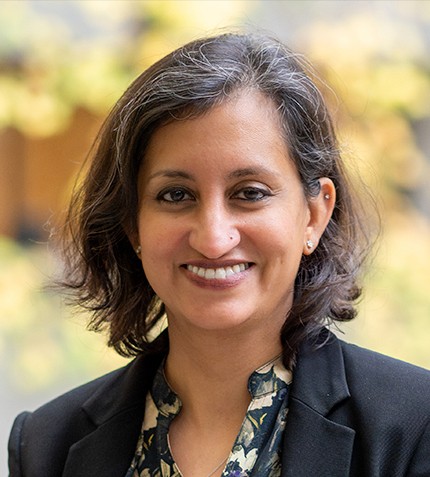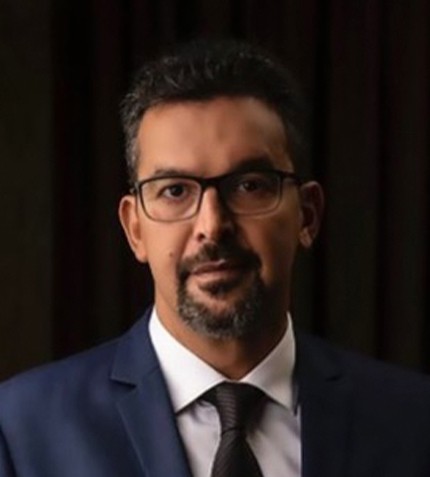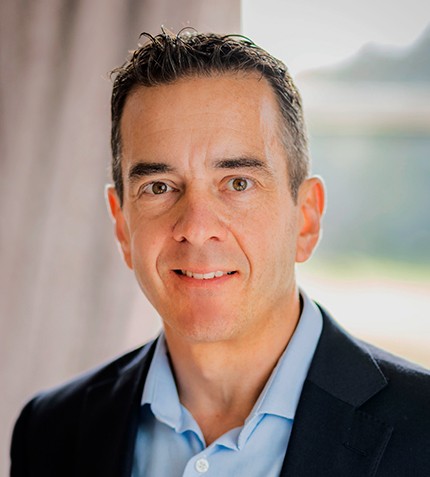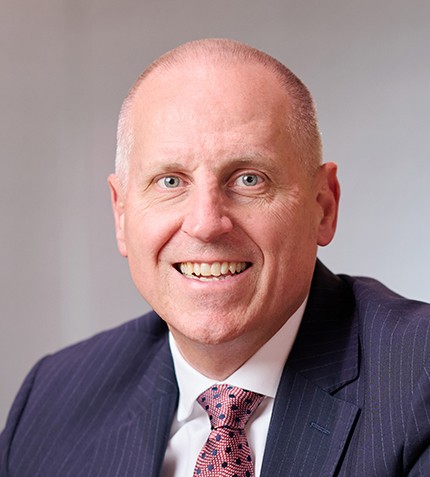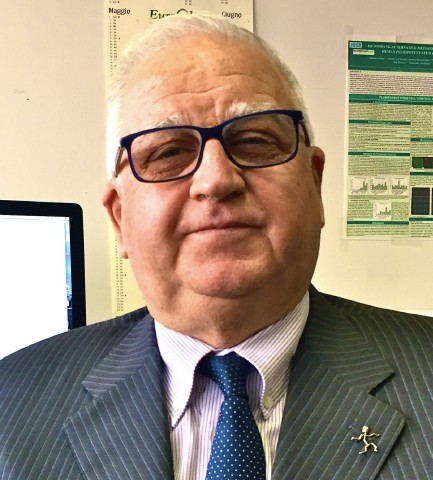
"The first objective is to continue to develop our TMA technology and move it into diagnostics; to do so, we want to intersect with a commercial and/or financial partner."
Pasquale de Blasio
FOUNDER, INTEGRATED SYSTEMS ENGINEERING (ISE)
Could you introduce ISE to our audience?
ISE was founded in 1986 and will celebrate 25 years of operations in 2021. ISE runs two business lines: The first line is focused on bioengineering, specifically on the development of laboratory instruments; ISE manufactures the Galileo TMA platform, a leader in tissue microarray (TMA) technology. Recently we were selected (16/197) by the DIGI-B-CUBE (financed by EU) for the Innovation Voucher titled: Deep-Learning based Techniques for Precision Tissue-Cell Microarray Processing. This project aims to bring the TMA technology from research laboratories to diagnostics by introducing full automation of the Tissue Microarrayer workflow and Artificial Intelligence (AI) based on deep-learning algorithms. This new platform will perform quantitative visual imaging of histology slides, select the area of interest (enriched with cancer cells) and core this section to create the TMA block.
The second line relates to human stem cells research (hiPSCs) and related services, including organoid and spheroid generation and characterization. These activities are based on our long experience in the Biobanking field. In the late 90s, we joined the International Society for Biological and Environmental Repositories (ISBER) and in 2004, we organized the first ISBER International meeting in Perugia, Italy. In 2010, we established the European, Middle East and African Society for Biopreservation and Biobanking (ESBB) where I was the Founding President.
Could you explain better the potential of introducing AI into the TMA and what this upgrade could mean for digital pathology?
TMA is a technology used mainly in research laboratories but in the future, it will also be used for diagnostic application. To achieve this goal, it is necessary to develop a fully automated TMA workflow, integrated with AI and deep-learning algorithms able to perform quantitative visual imaging of the histology slides. Typically, a histology slide is made from a surgical resected biopsy sample embedded in paraffin and sliced with a microtome. The pathologist examines the slide studies and the cancer cells in order to make a diagnosis. This process is repeated for all histology slides. The TMA gathers the tissues (selected by the pathologist) into one block (an array) and >400 spots can be placed in a single TMA slide, allowing simultaneous analysis using the same histology conditions. This process is particularly important for rare cancers where you need to analyze a large number of patients to detect a small percentage of the population. As an example, if the rare cancer affects 5% of the patients, the pathologist needs to conduct 100 analyses. Instead, he can identify the 5% incidence in a single analysis.
Could you tell us about the availability of biobanking resources in Italy?
In Italy there are two private service providers – Isenet Biobanking, a business which ISE sold to Air Liquide in 2018; and BioRep, which we founded in 2003. I was also involved in the development of Neuromed Population Biobank located in Pozzilli, which collects and studies genetic factors of Molise region selected population. The Moli-Sani biobank contains about 1 million samples stored at -196°C. All other Biobanks are public and part of the BBMRI network.
During the pandemic, biobanks froze operations, but those that focused on Covid-related materials have a great opportunity because they hold valuable materials for pharma companies. Moreover, the ISO 20387 regulation passed in 2018 changed the accreditation system for biobanks. Private biobanks that are ISO 20387 accredited have a great opportunity to stand out. The biggest challenge for private biobanks is to stay sustainable.
ISE recently relocated to the OpenZone complex in Bresso, Milan. What advantages does this offer you?
OpenZone represents a micro-ecosystem in the life sciences sector, many of the companies present here having worked with us in the past. I believe this is the right environment to create synergies between different players, but also to test new ideas – because in research, exchanging and trying out ideas with others is essential. The complex is growing fast; this year, we count over 800 people, but by next year, 1,200 are expected to work here.
What are your main objectives for the future?
The first objective is to continue to develop our TMA technology and move it into diagnostics; to do so, we want to intersect with a commercial and/or financial partner. Though we sell our instruments to the biggest hospitals around the world, ISE's weakness is the lack of a good distribution network. The second objective is to build a biobank of organoids – continuing our expertise as thought leaders in this field.




